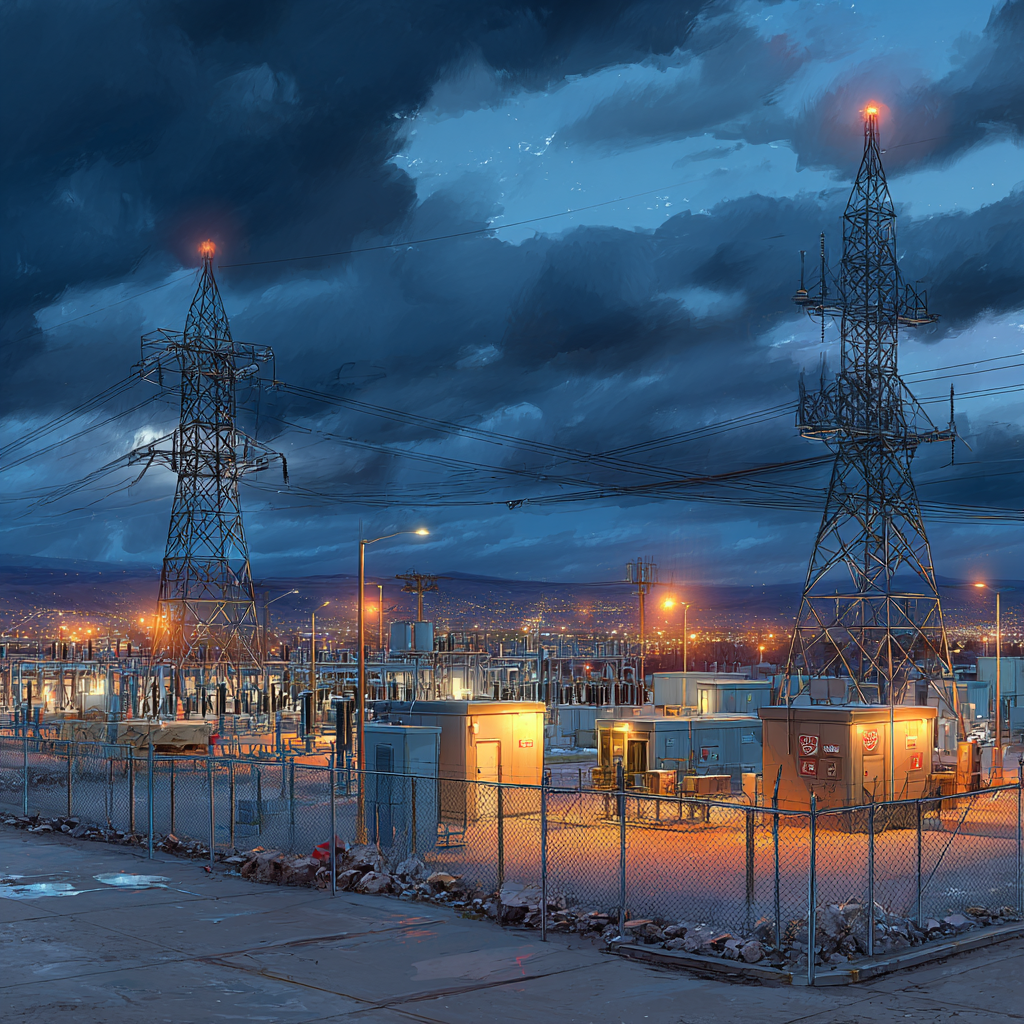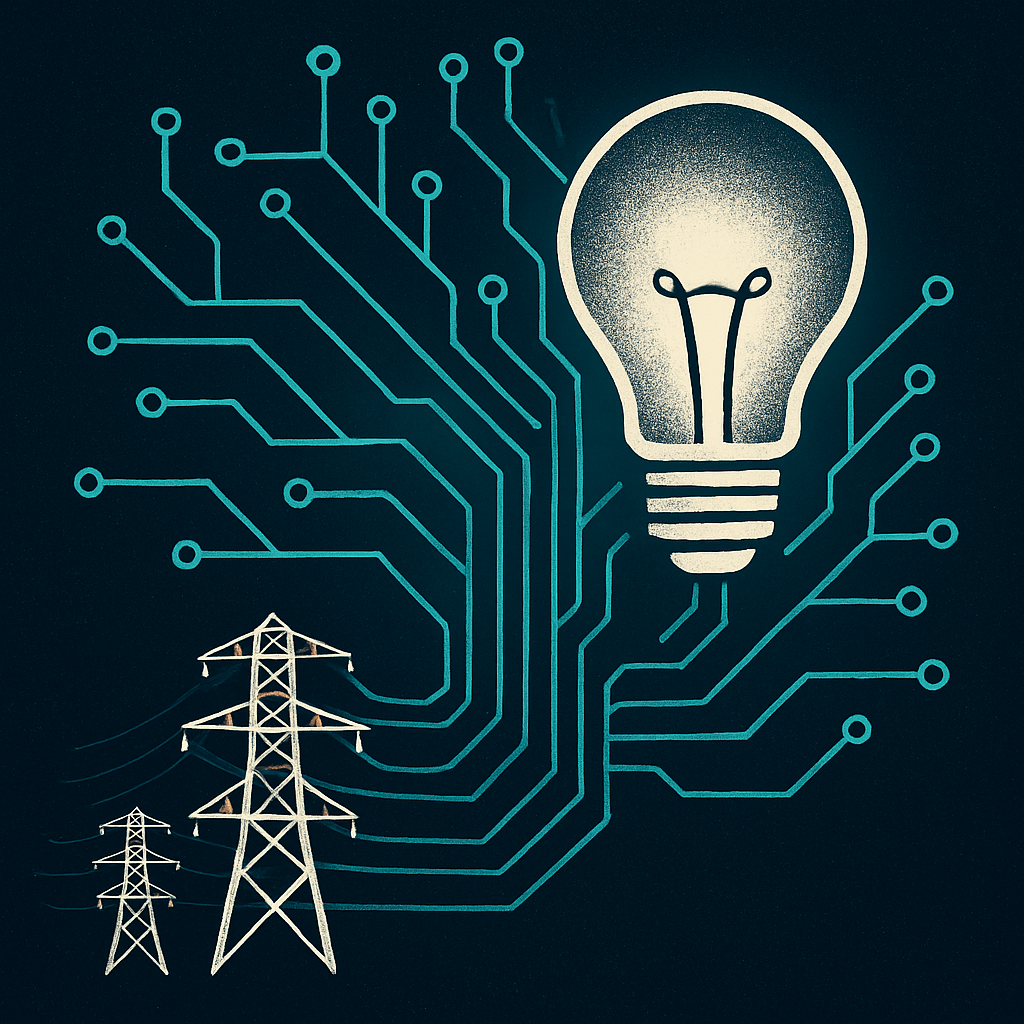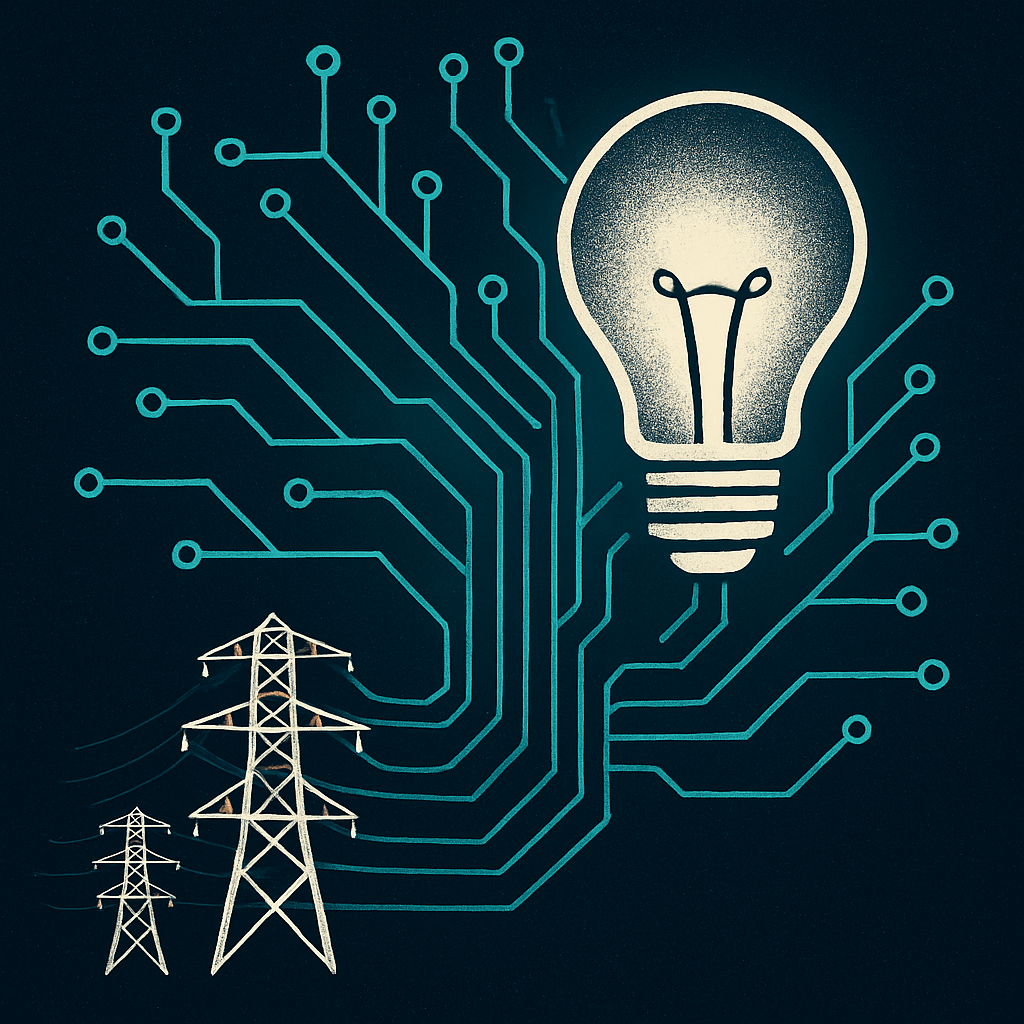Article Series
Multi-part investigations that deliver both breadth and depth across the most consequential issues at the intersection of artificial intelligence and energy
Managing Data Center Uncertainty
Author: Michael Leifman, a veteran clean-energy strategist and former ERM partner, GE innovation lead, and DOE/EPA analyst, holds graduate degrees from Johns Hopkins and Carnegie Mellon.
Description: The series contends that AI has shattered traditional grid forecasting, replacing predictability with massive structural uncertainty. It argues for a new governance model—transparent data, performance-based regulation, and flexibility pricing—to keep the grid resilient as AI’s volatile, power-dense infrastructure reshapes electricity demand.



The Utility-AI Leadership Edge
Author: Hannah Kaplan is a clean-energy strategist specializing in utility modernization, AI adoption, and executive-level operating models across the power sector.
Description: This first installment shows how AI is becoming the COO’s most powerful tool for navigating explosive load growth, extreme weather, and aging infrastructure—shifting utilities from reactive operations to predictive, adaptive, AI-native systems. The series will continue by examining how the broader C-suite—Chief Customer Officers, Chief Public Affairs and Regulatory Officers, and Chief Financial Officers—can each harness AI to strengthen reliability, accelerate growth, and redefine how modern utilities serve their communities.

The Cognitive Grid
Author: Brandon Owens is a leading strategist and theorist at the nexus of artificial intelligence, energy systems, and governance. A veteran of NREL, GE, S&P Global, and NYSERDA, he is the originator of Cognitive Infrastructure Theory (CIT), which reframes the future of intelligent energy systems.
Description: The Cognitive Grid is a five-part series arguing that electricity is shifting from a mechanical utility to a cognitive infrastructure shaped by algorithms, data, and autonomous decision-making. It introduces Cognitive Infrastructure Theory, contending that the core challenge of the AI-era grid is governance—embedding constitutional oversight, ethical constraints, and transparency into the intelligence now operating the power system.







